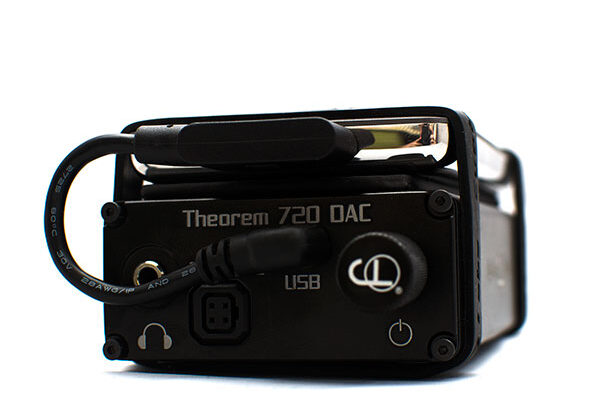Earphones and the “hiss” – Does it exist?
Given the amount of feedback I have heard already about the noise floor being too high with some sensitive earphones I thought I would give a few IEM’s a go also and see if this rang true. The answer is yes and no for me. For my UM Merlins on low gain on some sparse piano and vocal tracks I did not find much noise in evidence if at all. Clarity and articulation was excellent and the punch from the dynamic driver was just perfect. Actually this is probably the best I have heard my Merlins sound in a very long time. Everything just clicked into a solid coherent and very smooth sounding presentation without a hint of sibilance, misplaced energy or muddied bottom end drowning out those immaculate mids.
Sadly the Merlins turned out to be the exception as I tried some more universal IEM’s such as the AudioFly AF56 (retails in and around $100) demonstrating audible hiss even on low gain setting which can distract on most tracks which utilize any space between notes and instruments such as classical, acoustic and darn it my favorite Police tracks also. That the UM Merlins come in at 108db and the AudioFly AF56 chimes in at 118db would play a considerable factor for me in the audible hiss levels. I do believe though Cypher Labs see this as a headphone setup over an IEM setup and it is a shame I don’t have a ton more IEM’s to play around with safe to say the Merlins are my earphone of choice for the 720 as of now.
So as of now I cant give you guarantees that the noise floors are really ok for all IEM because the answer is no they will vary pretty good (UM Merlins) to not so good for lower range higher sensitivity earphones. The solid answer here is try before you buy if you are an IEM user if possible.
Final Words
There is a heck of a lot to like about the Theorem 720 and personally I think it closes the loop that Cypher Labs so grandly opened with the Clas SOLO a couple of years back. It packs a ridiculous 8700mah battery that keeps you rocking and rolling for almost one day solid without breaks. If you can last that long I take my hat off to you but in any event that is class leading and a huge appeal to anyone wanting something for long hauls and road trips without having to worry about charging both the amp or igadget within a few hours. All that would be pointless though if the Theorem 720 had a weak DAC/Amp implementation and thankfully that is far from the case with a wonderfully neutral yet smooth and engaging tonality and presentation that slays some of the competition. If it was not for the hissy IEM issue, which I did find to be present, the Theorem 720 could well rank as one of the most useful audio devices I have had the pleasure of playing with this year. In fact it probably is when I think about it.
Technical Specs:
3.5mm (1/8”) analog stereo out to amplifier (line level 2.1vrms; 100ohm impendance)
3.5mm (1/8”) analog stereo out to headphones (<1ohm impedance)
Mini-4 pin balanced stereo out to balanced headphones (<1ohm impedance)
Sample Depth 16 bit from Apple Devices; up to 24 bit from computers
Frequencies supported on Apple Devices: 44.1 / 48.0 @ 16 bit
Frequencies supported on computers:
44.1 / 48.0 / 96.0 / 88.1 / 176.4 / 192.0 @ 16 and 24 bit
Li-polymer battery 8700mAh - AC switching is totally isolated
Dimensions 120mm (136 incl volume knob) x 29mm x 64mm
Weight: 10 oz or .3 kg
The headphone outs have as close to 0 ohm impedance as possible (less than 1ohm). The headphone output levels themselves depend upon the gain settings. With the volume pot set to 100%:
High Gain
Single Ended output = 11.3 dB
Balanced Output = 5.5 dB
Mid Gain
Single Ended Output = 3.5 dB
Balanced Output = -2.3 dB
Low Gain
Single Ended Output = -9 dB
Balanced Output = -14.8 dB
Links






